BETTER TOUCH BETTER BUSINESS
Contact Sales at Yier Textile .
In addition, there are many artificial fibers, but the amount is relatively slightly less. As a furniture manufacturer. I am very obsessed with soft bag (sofa, soft bed, etc.) products and fabrics. During my more than ten years of work, I have contacted hundreds of fabric suppliers.
There are many well-known sofa fabric manufacturers we have cooperated with, such as imported luilor, LABOTEX, Kvadrat, edaspa, etc., domestic aspirant, Times, yueda, Ruyi, Taifeng, Huafang, etc. However, this is only a drop in the bucket in the sofa fabric industry.
At present, in the domestic terminal market, whether offline or online, the part with the highest single cost of this soft package production is only a linen or cotton piece. The most important reason is that the market and sofa fabric manufacturer don't know much about it, so it's hard to say clearly. Even the cloth merchants' employees rarely know much about fabrics. I hope I can make it as clear as possible. Can help ordinary consumers have a basic understanding.
Let's start with the testing standards. (Friends who think this part is complicated can skip it directly, because it is mainly for soft package manufacturers.)
Testing standards for fabrics are very complicated, including but not limited to the following.
First, the physical indicators:
Yarn count, density, gram weight, breaking strength, tearing strength, slip resistance, washing dimensional change rate, dry cleaning dimensional change rate, pilling, light color fastness, light and sweat composite color fastness, ironing color fastness, wet rubbing color fastness, flame retardancy and so on.
Second, the chemical indicators:
Including formaldehyde content, PH value, odor, banned dyes (carcinogenic dyes that can decompose aromatic amines), heavy metals, fluorescence, banned surfactants such as APEO\NPEO\PFOS, etc.
Third, the use performance:
Generally, it includes hand feeling, smoothness, bulkiness, softness, color difference level and so on.
Fourth, the appearance quality:
Size, defects, color difference, weft deviation, etc.
Each of these indicators will bring huge cost differences.
There are several common performance indexes of cloth used as soft package fabric, such as light color fastness, dry and wet grinding color fastness, wear resistance index and pilling level.
Wear index, which determines how long the sofa can be used.
Cloth is made of fibers, which fiber is wear-resistant: of course, polyester (polyester), nylon (nylon) is the first synthetic fiber in the world. The wear resistance of acrylic fiber is 10 times higher than that of cotton and 20 times higher than that of wool, so it is often used to synthesize wool fabrics.
Adding some man-made fibers to the blended fabric can greatly improve its wear resistance, so we often see polyester and nylon components in wholesale sofa fabrics.
The next step is to look at the structure. The denser the structure, the greater the thickness, the more wear-resistant. Gram weight can reflect part, but not all.
For example, canvas is usually wear-resistant because it is much thicker than ordinary cloth. But under the same thickness, canvas can't compare with polyester, and polyester cloth can exceed the wear resistance of cotton canvas as long as it is less than half the thickness of canvas.
The least wear-resistant natural fiber is wool and all kinds of rare animal hair, and the most wear-resistant natural fiber is flax (which is also a common fabric in sofas. )
------------------------------------------------------------------------------------------------------------------------------------------------------------------------------------------------------------------------------------------------------------------------------
Consumers can look at it from here.
We look at the visual effect of the fabric at first sight, and what color is the fabric. There are usually only two situations, solid color or non-solid color. Generally, solid color is dyed cloth, and it can also be made into yarn-dyed fabric, but non-solid color is yarn-dyed fabric.
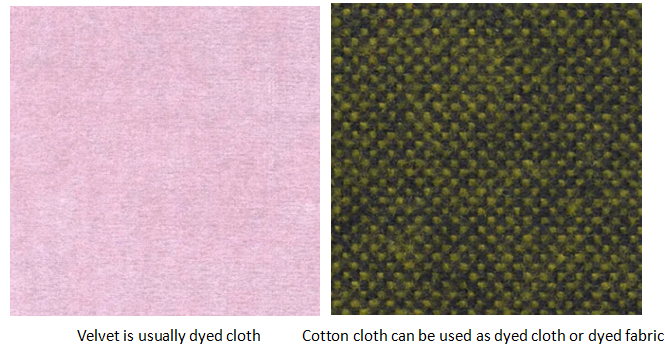
Next, let's talk about the common fabric types in the market: flannel, linen, cotton, wool and silk.
Linen is probably the most used fabric on the market now. It was originally called linen because it contained hemp, but it is actually called linen because of its similar hemp effect. Linen or fabrics with high linen content are characterized by breathability, coolness, rough feel and easy to wrinkle.
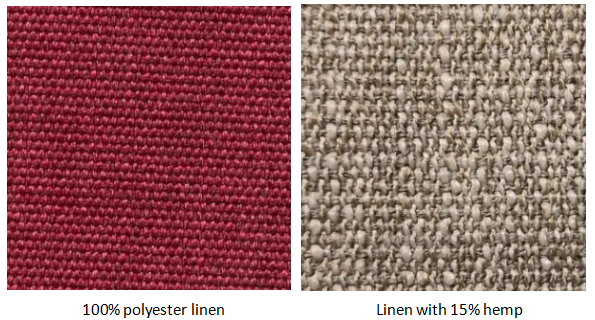
Linen is the most wear-resistant natural fabric, but it is easy to wrinkle under general anesthesia, so basically other fibers will be added to soft fabric, and the color fastness of linen is not high, so many brightly colored linen on the market often do not contain hemp. Note that this is not a factor in judging the price of cloth.
Look at flannel, flannel is divided according to textile equipment, warp knitted flannel, weft knitted flannel, woven flannel and high-end flannel are usually woven. The characteristic of flannel is that it is very skin-friendly, and people can't help touching it, which is decided by textile processing. The wear resistance of flannel is not bad. If it is made of cotton, it is very breathable, and it is warm in winter and cool in summer. International high-end brands usually use cotton.
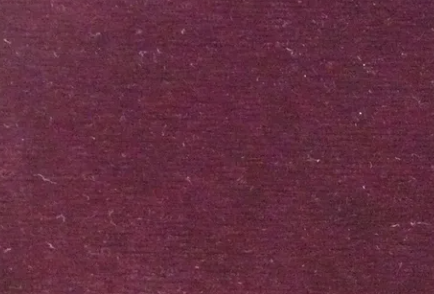
There are many kinds of flannel fabrics. The soft bags of international brands we see are usually 70%-100% cotton flannel, which has no negative and positive sides (there will be no inverted velvet).
High gram weight warp knitted flannel can also achieve great results. This kind of flannel is suitable for luxury and classical soft bags, and has the texture of slightly sanded leather.
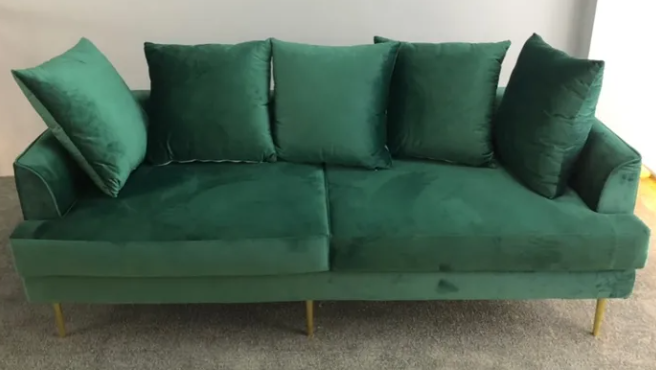
Look at cotton cloth again. The application of woven cotton cloth is very extensive. Especially in export-oriented soft package factories, the amount of cotton cloth is very large, but in many cases, cotton cloth will be associated with linen, and merchants will call it cotton and linen fabric. Cotton fabrics are soft and breathable, and can have various colors. And almost no one is allergic to cotton cloth. It is easy to clean lint-free balls, but cotton fabrics shrink easily and usually mix with other fibers.
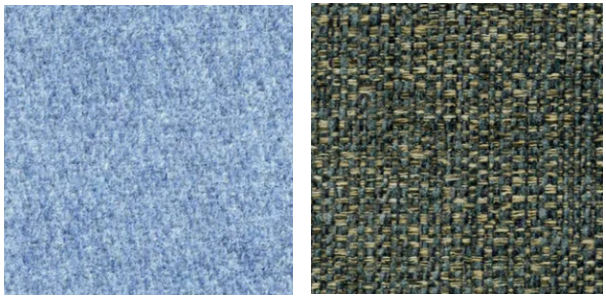
Among the commonly used natural fibers, wool is the most elastic. In fact, it is the same as high-end clothing fabrics. High-end soft fabric is also inseparable from wool. The unique texture of wool is difficult to be replaced by other fabrics.

The last common natural best sofa fabric material is silk. At the earliest time when there was no synthetic fiber, velvet was all silk, sofas were aristocratic articles, and soft bags were also made of silk materials. Silk fabrics were extremely comfortable, and they could present a very noble visual effect after embroidery, with almost no shortcomings except high price and no wear resistance.
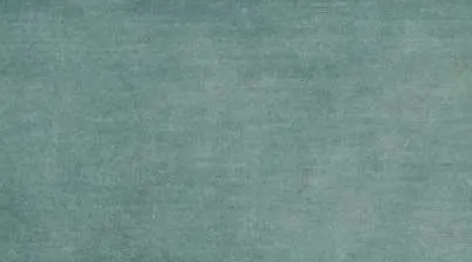
More fabrics made of natural materials are not necessarily more expensive. Textile processing and market exclusivity will make some products have a very high premium. Top-grade raw materials often have material monopoly, and advanced dyeing and textile processing also need a lot of research and development costs. These will eventually be reflected in the price of finished fabrics.
Next, talk about synthetic fibers. In fact, among modern soft packaging products, synthetic fibers account for about 70% (loosely) of the market. Natural fibers can be degraded, most synthetic fibers are difficult to degrade, and natural fibers are flammable, so many commercial spaces will use synthetic flame retardant fabrics.
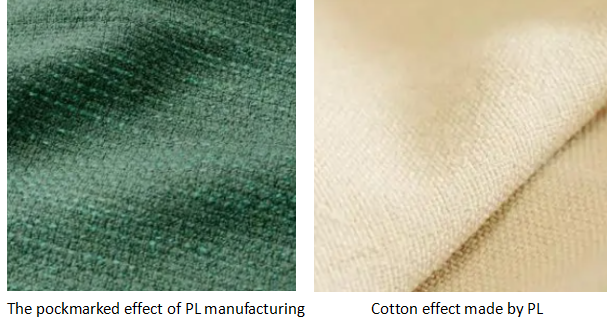
In addition, there are many man-made fibers, but the amount is relatively small.
Copyright © 2023 Tongxiang Yier Textile Co., Ltd. | All Rights Reserved